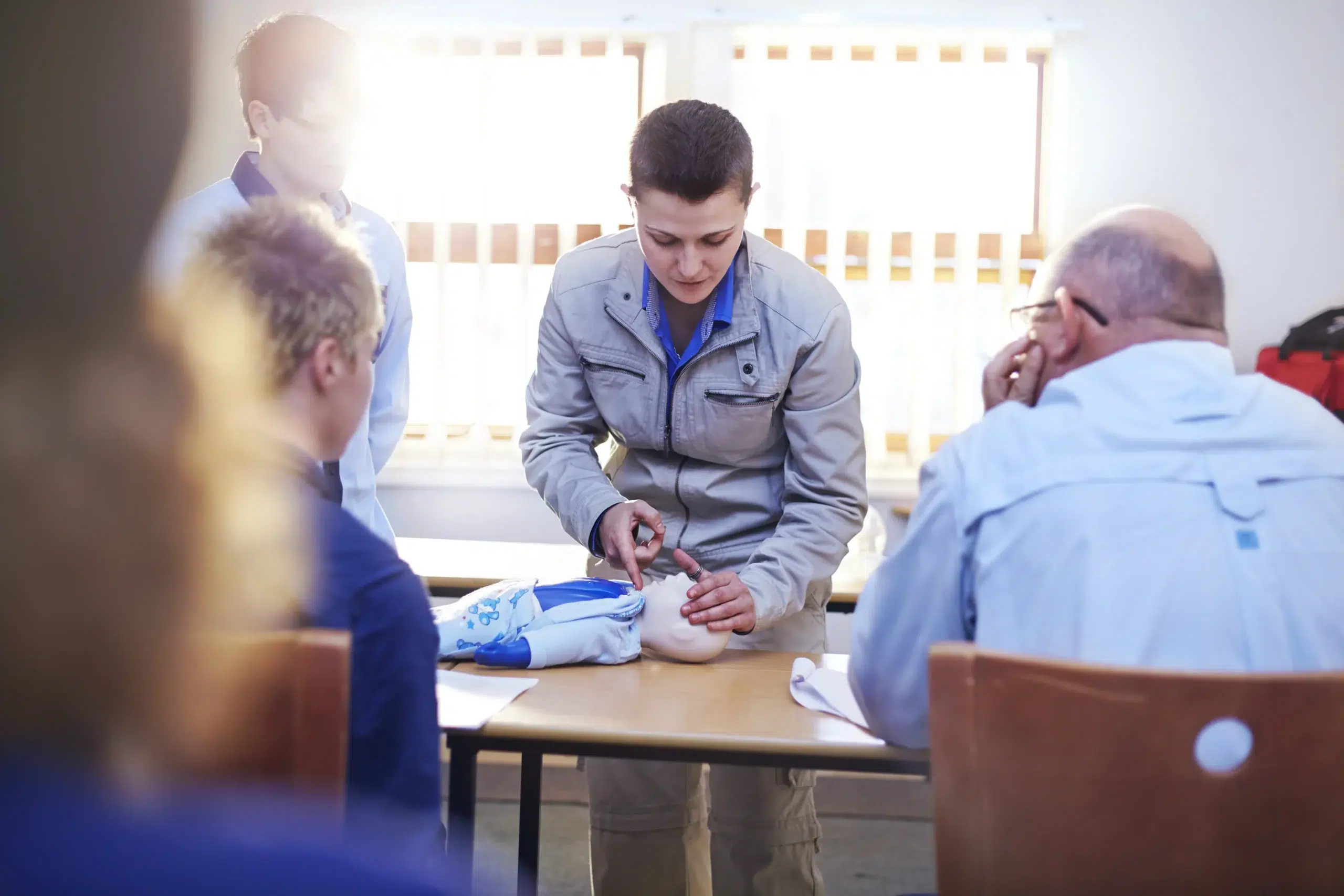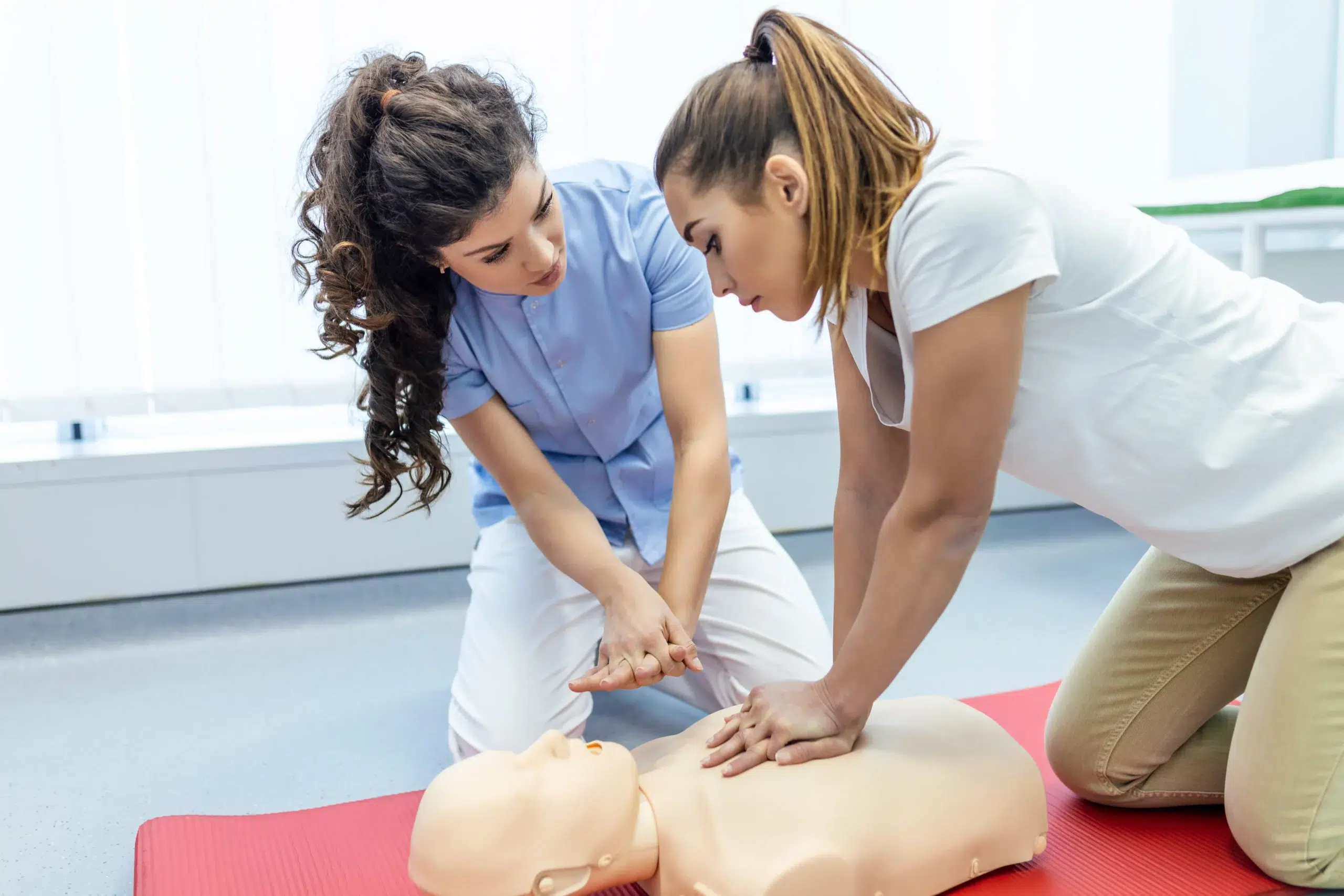When someone experiences a cardiac or respiratory emergency, every second counts. Cardiopulmonary Resuscitation, or CPR, is an essential skill that can mean the difference between life and death. While its immediate purpose is straightforward—keeping blood and oxygen flowing to vital organs—its real impact lies in its ability to save lives until advanced care arrives. Whether you’re a healthcare professional or a bystander, understanding and performing CPR can have a profound effect on survival outcomes.
This guide explores what CPR is, its history, importance in healthcare, training options, and common myths, empowering you to take action when it matters most.
What Is CPR and Its Role in Healthcare?
CPR, or Cardiopulmonary Resuscitation, is a life-saving emergency procedure that combines chest compressions with rescue breaths. Its goal is simple but critical—restore circulation and oxygenation to prevent organ damage, particularly to the brain, until professional medical help arrives.
How Does CPR Work?
- Chest Compressions: Delivered at a rate of 100 to 120 compressions per minute, these keep the blood circulating.
- Rescue Breaths: Designed to oxygenate the blood, ensuring vital organs, especially the brain, receive the oxygen they need.
CPR is universally applicable. Whether in a hospital, workplace, or public space, it’s a fundamental tool for addressing emergencies such as cardiac arrest, drowning, or choking.
Despite its simplicity, the effectiveness of CPR depends on timeliness. Immediate action, even from a bystander, can exponentially increase a victim’s chances of survival.
The History of CPR
The development of CPR is steeped in innovation and dedication to saving lives. Here’s a brief timeline of its evolution:
- 1740: The Paris Academy of Sciences first recommended mouth-to-mouth resuscitation for drowning victims.
- 1950s: Dr. Peter Safar and Dr. James Elam introduced mouth-to-mouth ventilation, setting the foundation for modern CPR.
- 1960s: The American Heart Association (AHA) formalized CPR guidelines and began training healthcare providers.
- Present Day: Techniques have become more refined, incorporating automated external defibrillators (AEDs) and structured training programs for healthcare workers and laypeople.
The consistent evolution of CPR methods highlights its importance as a core component of emergency care.
Why CPR Is Critical in Saving Lives
Every year, over 350,000 cardiac arrests occur outside of hospitals in the U.S. alone. Without timely CPR, these incidents are often fatal. Here are a few key statistics to illustrate the importance of CPR:
- Survival Rates: Performing CPR can double or even triple a cardiac arrest victim’s chances of survival.
- Bystander Intervention: Unfortunately, 70% of cardiac arrests occur at home, where bystander CPR is often underutilized.
- Chain of Survival: CPR acts as the crucial first link in a five-step survival chain—early recognition, early CPR, rapid defibrillation, advanced care, and post-resuscitation care.
By providing immediate assistance, even untrained bystanders can buy precious time for professional medical responders.
The Role of Healthcare Professionals in CPR
For healthcare professionals, CPR proficiency is non-negotiable. They are often the first line of defense during an emergency, and their quick, competent response can make all the difference.
Why Ongoing Training Matters
- Competency: Regular CPR training ensures healthcare staff are prepared for emergencies, maintaining high survival rates.
- Specialized Roles: From nurses to paramedics, each professional must tailor their CPR approach to specific scenarios, such as trauma or pediatric emergencies.
- Updates in Guidelines: The AHA releases updated CPR guidelines every five years, making it essential for professionals to stay informed.
Healthcare organizations must prioritize CPR certification and recertification to uphold the highest standards of care.
How to Get CPR Training and Certified
Becoming CPR certified is easier than you might think, and it’s a skill that can serve you for life. Here’s how to get started:
- Find a Credible Training Program: Look for courses approved by organizations like the AHA or Red Cross. Safety Training Seminars offer certification programs such as CPR & First Aid, Basic Life Support (BLS), Pediatric Advanced Life Support (PALS), and Advanced Cardiovascular Life Support (ACLS).
- Understand Certification Levels
- Basic Life Support (BLS): Covers fundamental CPR skills and is often required for healthcare workers.
- Advanced Life Support: Tailored for medical professionals handling complex emergency scenarios.
- Block Time for Training: Most certifications take only a few hours, but the impact lasts a lifetime.
- Join Public CPR Programs: Becoming CPR certified isn’t just for healthcare workers. Businesses and community organizations frequently host public CPR training sessions to empower more people to step in during emergencies.
Debunking Common Myths About CPR
CPR is surrounded by misconceptions that may discourage people from taking action. Here are a few myths debunked:
- “Only professionals should perform CPR.”
False. Any CPR is better than none. Even chest compressions alone can sustain life until professional help arrives.
- “I’ll get in legal trouble if I do CPR wrong.”
Most Good Samaritan laws protect well-intentioned bystanders from liability when providing emergency aid.
- “I’m not strong enough to perform CPR effectively.”
CPR doesn’t require brute strength—just proper technique and steady effort.
Understanding the truth about CPR can inspire more individuals to act with confidence in emergency situations.
Key Takeaways
- CPR Saves Lives: CPR is a simple, life-saving technique that anyone can learn. It’s essential for maintaining blood flow and increasing the chances of survival during cardiac or respiratory emergencies.
- Training Is Accessible: Certification programs, such as those offered by Safety Training Seminars, make it easy to learn and practice effective CPR.
- Timely Action Matters: Immediate CPR, even when performed by a bystander, significantly improves survival outcomes.
If you haven’t already, invest in yourself and your community by becoming CPR certified. Safety Training Seminars offer AHA-approved courses for all levels—whether you’re a healthcare professional or an everyday hero.
Take the first step today. Enroll in a CPR training program and be prepared to save a life when it matters most.






